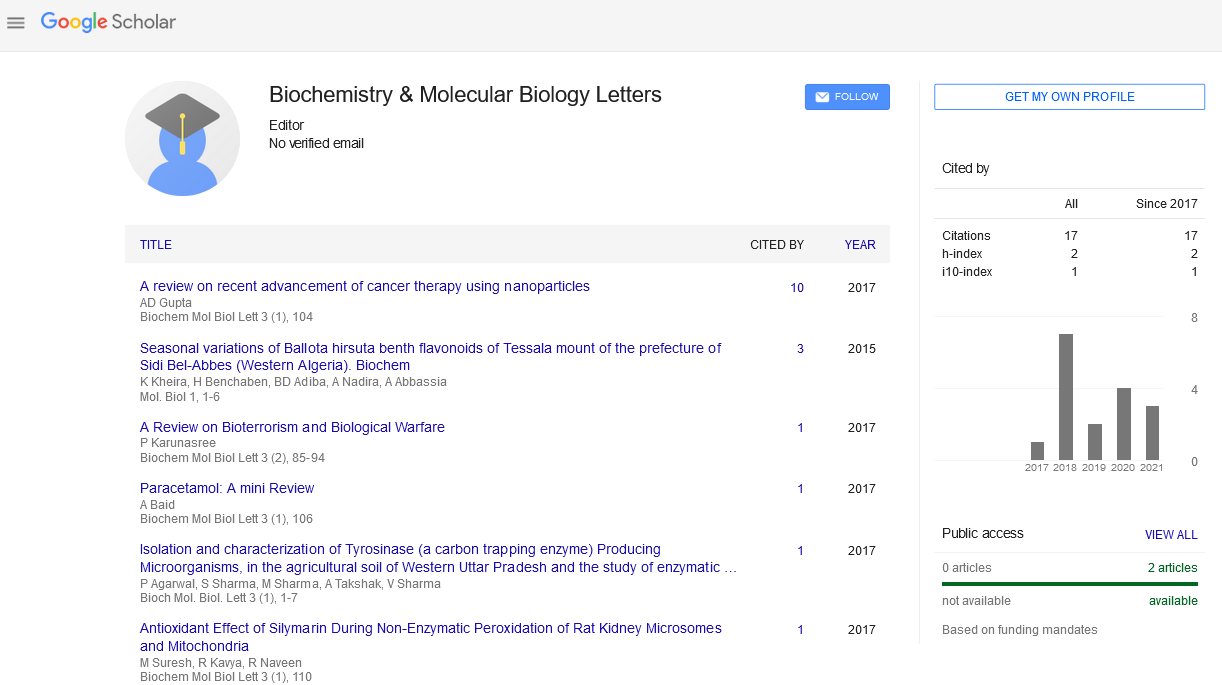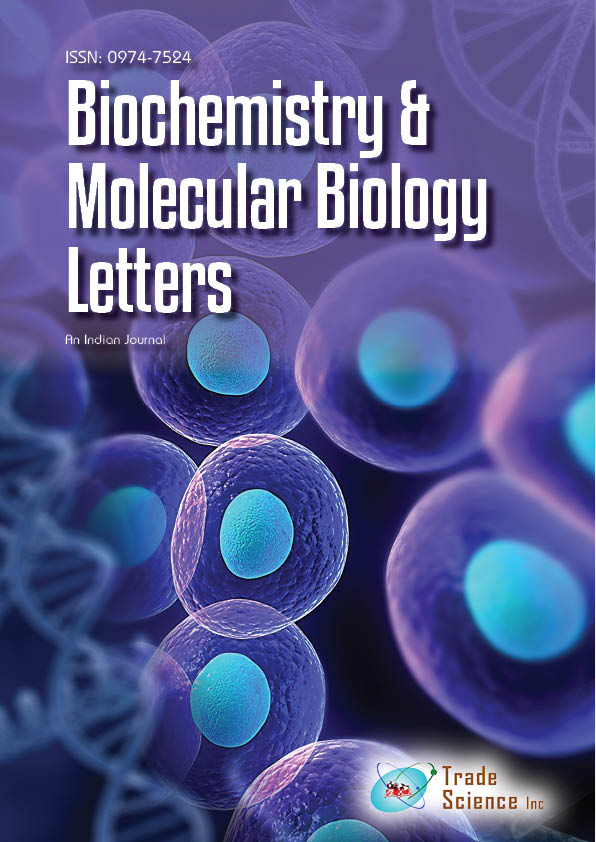Short communication
, Volume: 4( 3)Application of Engineering Principles in Synthetic Biology: An Overview
- *Correspondence:
- Gavin T. Hernandez, Department of Molecular Biology, Princeton University, Princeton, NJ, USA, E-mail: gthernandez@princeton.edu
Received: December 06, 2021; Accepted: December 20, 2021; Published: December 27, 2021
Citation: Hernandez GT. Application of Engineering Principles in Synthetic Biology: An Overview. Biochem Mol Biol Lett. 4(3):151
Abstract
Introduction
The advent of systems biology, the steady development of foundational technologies such as de novo DNA synthesis, milestone experiments such as computational re-design of enzymes, the ability to widely recombine zinc fingers to reprogram DNA-binding site specificity, and the availability of well-studied model regulatory systems for the design of engineering-inspired molecular devices provide a very powerful knowledge and technology basis for building novel bioloogical devices. Synthetic biology encompasses a wide range of applications, including the building of artificial gene networks, the remodelling of tiny genomes, the reprogramming of signalling cascades, and metabolic engineering. These applications are based on the idea that adapting and assembling functionally self-contained pieces like promoters, ribosome binding sites, coding sequences, terminators, and protein domains is a potential technique to re-construct existing or create new biological entities. We need to construct a set of guidelines to apply such an approach to the many opportunities normally associated with the use of biological systems [1].
To be relevant to a broad range of biotechnologists, building novel parts, devices, and, in particular, complex systems will necessitate a systematic approach that depends on modularity and abstraction at several cellular levels. It will also necessitate the development of technologies to create the designs, specifically the DNA encoding the system. Even if biology is not well understood in many aspects to be considered an adequate knowledge base for an engineering discipline, this is synonymous with using an engineering approach. This review will discuss notable works that have aided in the launch of this engineering vision, and it will attempt–in one review–to cover all of the fields that we currently consider to be the most relevant to synthetic biology, spanning the entire trajectory from design to fabrication to applications on the protein, gene network, and systems levels[2]. A number of different facets of these fields have recently been examined. However, we believe that covering all major parts of the engineering vision in one study is necessary in order to emphasise synthetic biology's relatively broad claim of reorganising the bioengineering endeavour. Following a brief review of the underlying principles of an engineering approach, we present significant examples from various areas before discussing the requirements and implications for bioinformatics. The ability to engineer biology in a directed and successful manner is still rather limited. The complexity of things we can efficiently make is still quite small. Synthetic biology aims to overcome the existing fundamental inabilities in system design and system fabrication. Conceptually, it needs to encompass several characteristic features of other established engineering disciplines [3].
Applications
1. Engineers may usually draw on a solid knowledge base in non-biology related domains. By iterating between computer models and simulations, in-depth understanding (sometimes down to first principles) allows computerbased design of novel systems. This makes thorough in-silico testing of novel design variants possible.
2. Abstraction hierarchies are used in practically every engineering project, and they provide various practical benefits. First, introducing system boundaries effectively hides information and so serves as a means of managing complexity. To put it another way, abstraction is beneficial because it allows individuals at each level of the hierarchy to operate freely. Combining elements into complex systems necessitates it as an organisational requirement.
3. The connections between the different pieces of an abstraction hierarchy must be defined, i.e. standardisation, in order to ensure 'plug-and-play' compatibility of different components in an abstraction hierarchy. For the components themselves, there are just a few widely implemented standards [4].
Synthetic biology aims to build novel biological entities on an ever more complex level for novel applications. We adapt our technologies and methodologies to the new system-scale of the task through adopting the elements of non-life engineering disciplines, such as de novo DNA synthesis. Synthetic biology is the engineering-driven building of increasingly complex biological entities for novel applications. Progress in artificial gene networks, de novo DNA synthesis and protein engineering are driving this development. Some of these elements have already realized tangible synthetic biology applications in pharmaceuticals manufacturing.
References
- Levskaya A, Chevalier AA, Tabor JJ, et al. Engineering Escherichia coli to see light. Nature. 2005;438(7067):441-2.
- Menzella HG, Reid R, Carney JR, et al. Combinatorial polyketide biosynthesis by de novo design and rearrangement of modular polyketide synthase genes. Nat Biotechnol. 2005;23(9):1171-6.
- Andrianantoandro E, Basu S, Karig DK, et al. Synthetic biology: New engineering rules for an emerging discipline. Mol Syst Biol. 2006;2(1):2006-28.
- Heinemann M, Panke S. Synthetic biology—putting engineering into biology. Bioinformatics. 2006;22(22):2790-9.

